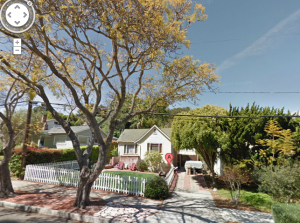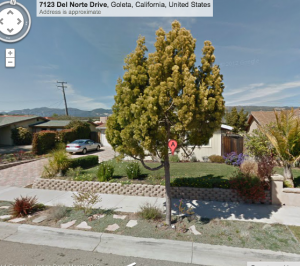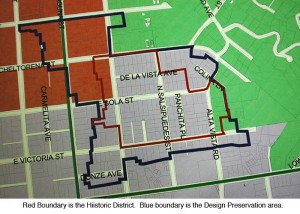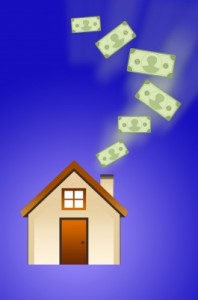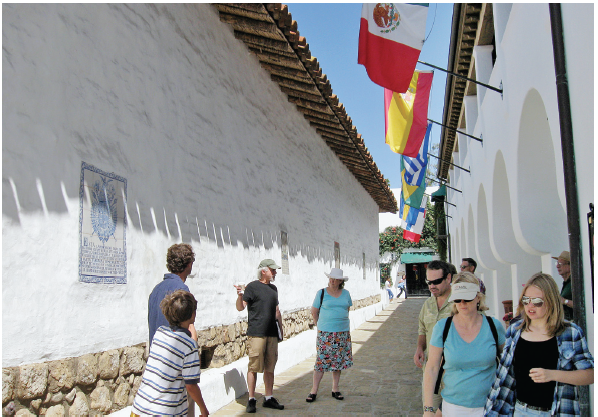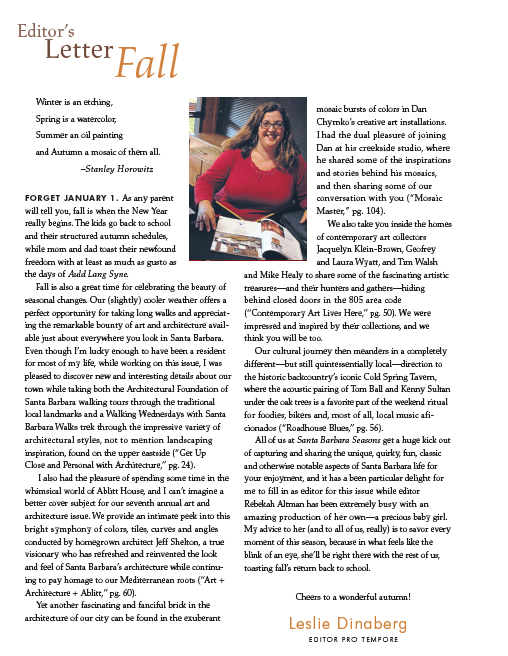
Image by gubgib freedigitalphotos.net
Gone are the days of a one-color-fits-all approach to decorating. Now homeowners are choosing colors to illicit a mood and perk up a room’s decor.
Wall color is one of the easiest and least expensive ways to add some color to your home, said Pat Musarra, owner of Affordable One-Day Design.
Ralph Lauren even offers Color Testers, a new product line that allows you to sample the complete palette. Each Color Tester packet provides paint coverage in a satin finish for 2-foot by 2-foot sections of wall, retails for $3.99, and may be purchased online at www.rlhome.polo.com.
Even if you’re leery of paint, with so many varieties of home accessories available, it’s easy to start small and experiment boldly with color on items like throw pillows, vases, candles, slipcovers, candy dishes, sheets and towels and table linens.
“New lighting is very important. Just changing lampshades can have an enormous impact,” said Musarra, who also recommended taking a look down at your floors. “Area rugs or maybe pulling up wall-to-wall carpeting and laying down a hardwood floor or some kind of new laminate floor … Especially if the wall-to-wall carpeting is old or the color’s outdated.”
In addition to freshening your home’s look, colors can be used to create a mood.
“Red will wake up a room,” said interior designer Rosemary Sadez Friedmann. “It should be used as an accent in accessories, part of a pattern in upholstery or one impressive chair or bench. Red is a good color to have in a nursery because it stimulates and aids the development of neural connections in an infant’s brain.”
Musarra said she’s seen red — and other bright colors — used a lot as a kitchen accent color, with coffee makers, mixers and other small appliances now available in a wide variety of colors.
Orange is another color that is “uplifting, stimulating and enlivening,” according to Barbara Richardson, director of color marketing for ICI Paints. “It has the ability to raise our spirits and to make us feel optimistic — a quality that is in high demand right now.”
“Yellow would be a good color for a workout room, particularly if aerobics were involved. It’s also a good color for a game room, study or office because it helps to keep you attentive. A yellow bathroom will take the chill out of the air,” said Friedmann.
Whatever color you choose to update your home’s look, experts advise you start small, with maybe a few throw pillows or some new kitchen linens.
“It’s amazing how many inexpensive ways there are to update your home,” said Musarra, who specializes in quick and cost effective design strategies.
Musarra charges a flat fee of $200 for her services, which include a two-hour home consultation, followed up with a written design plan.
“I also restyle the room for you while I’m there,” she said. “Move furniture in, move some out, re-hang artwork, re-group accessories, and give a room a whole new makeover, using basically what the client has and at the same time, offering suggestions as to what she or he should buy to complete the look they’re trying to achieve.”
What colors are hot
“It” is either Violet Tulip, Coraly Orange, Full Bloom (a Salmony Pink) or Turquoise Blue, depending on which expert you ask about the “it color” in home decorating this year.
“I’m seeing a lot of pinks and salmon and turquoise and brown, not my favorites, but I am seeing a lot of those colors,” said Pat Musarra, owner of Affordable One-Day Design.
Pantone – the company that crowned violet tulip as this year’s queen – has even created a new color system called Colorstrology, which “infuses elements of astrology and numerology with the spirituality of color.”
According to Michele Bernhardt, creator of Colorstrology, 2005 will resonate with spirituality and healing.
“The year will begin with a heavy influence in regard to foreign affairs, education, religion and sports. Peace, balance and cooperation in all types of relationships will be a major theme and can also be a major challenge. Violet tulip can help us see past our differences while dissolving our feelings of separateness,” said Bernhardt.
At www.colorstrology.com, you’ll find your personal birth color, along with a personality profile and advice on your color vibe. September, for example, is Baja Blue, “a divine and alluring color that resonates with beauty, purity and wisdom.” This color “can help ease tension and promote tranquility,” making it an ideal choice for a bedroom or a yoga studio.
Taking the color horoscope a step further, a Virgo born on Sept. 8 would have Etruscan Red as their personal color for the year, a color that “corresponds with depth, vitality and passion.”
According to the site, “wearing, meditating or surrounding yourself with Etruscan Red inspires you to move through life with energy and wisdom.”
Sounds like a good color to decorate the office.
What color is your mood?
Here are some color guidelines based on the type of mood you want to create.
RED__Use red for excitement. It is associated with power, passion, dominance, activity and heat. It represents youthfulness, impulse and intensity. Red is also a grounding color and can make you feel secure.
ORANGE__Orange represents excitement and can be stimulating. It can make you feel like hurrying and that is why it’s usually a color used in fast-food places and quick mart-type stores. They want you in and out quickly. Happiness, liveliness, exuberance and boldness are also associated with orange.
BLACK__Use black to evoke drama, elegance, power, sophistication and mystery. Black is also associated with death, fright, aloofness, fatigue, cold, darkness and bereavement.
YELLOW __Yellow is eye-catching, inspirational and raises ones spirits. It is also said to aid digestion, communication and sharpen memory. Design experts advise you treat yellow like sunlight. You want it around for the happiness it produces but you don’t want it to be overpowering.
GRAY__Gray is said to be steady, resigned, stable, deliberate, guarded, dignified, indecisive, disciplined, protected, cool and neutral.
PURPLE__Purple can be used to increase spirituality and enlightenment. It evokes feelings of elegance, restfulness, supremacy, creativity, royalty and reverence. Purple is also said to promote peace, quiet overactive glands and lower blood pressure.
BLUE__Blue is a breath of fresh air, evoking feelings of openness, tranquility, serenity, restoration and well being. It is also said to lower respiratory rates, promote relaxation and increase healing.
BROWN__Brown reminds us of nature and the earth. It is also said to be restful, rich, casual, tranquil, safe, homespun, reliable, stable, sturdy and simultaneously cool and warm.
GREEN__Green reminds us of harmony, balance, compassion, wealth, security and growth. It is said to promote relaxation and refresh the spirit. Green is also a good color to promote health, although it may not reflect well on all skin tones.
WHITE__White evokes feelings of cleanliness, simplicity, safety, purity, enlightenment, individualism, idealism, optimism, joy, innocence, hope and reflection.
Want to find the real hue?
Take this completely unscientific quiz to find out which color (or colors) suit your inner self.
Check off all of the descriptions that apply to you, then count how many A, B, C, D, E and F personality traits you had. That’s your true hue.
B. I frequently rearrange my furniture and repaint my walls.
B. I love jury duty.
E. I always tell the truth, even if it hurts.
D. I often engage complete strangers in conversation.
E. I feel overwhelmingly compelled to pipe up during city council meetings.
B. I burn the midnight oil at work and volunteer for extra tasks.
F. I am a back-seat driver.
D. I would rather shop at a farmers’ market than a mall.
C. The hardest part of throwing a party is deciding the menu.
F. I am the boss, or I should be.
F. I feel good about me, especially when I compare myself with others.
B. I love details.
D. I define myself by my parenting skills.
A. I was never good at sharing.
B. Someday I’m going to chuck it all and go live in the wilderness.
C. Home is the center of my world.
D. When friends call, I can be counted on to help.
E. Winning isn’t everything; it’s the only thing.
A. My friends and family say I’m stubborn. What do they know?
F. Some might find me arrogant.
A. Hallmark commercials make me cry.
A. I’m the first to volunteer for charity functions and luncheons.
C. Pushover doesn’t even begin to describe how easy it is to talk me into things.
Your True Hue
A. Seeing green.
You are confident and caring, and would feel good in a room of sage, basil or celadon. The new greens for 2005 will lean toward the seashore tones. Botanical-inspired greens remain popular.
B. Yellow fellows.
You will feel energized in a room with buttery walls and mahogany furniture. Let in the light with minimal window coverings. The new yellows for 2005 will lean toward ochre and gold.
C. Purple people.
Forget practicality; celebrate your spirit with shades of violet, lavender and silver. Use eggplant or plum as an accent.
D. Orange you glad.
You love food, home and entertaining. Surround yourself with pumpkin, copper or muted auburn. Orange will bring cheerfulness and order to your home.
E. Blue you.
Your dependable, serene nature will feel at ease in rooms washed in shades of gray-blue and soft turquoise — both popular colors for 2005. Definitely use blue in bedrooms for a peaceful night’s sleep.
F. Red hot.
You like to be in charge. Choose red for accents: think floral arrangements rather than carpets. Or start small in the kitchen with a new fire engine red coffee maker.


